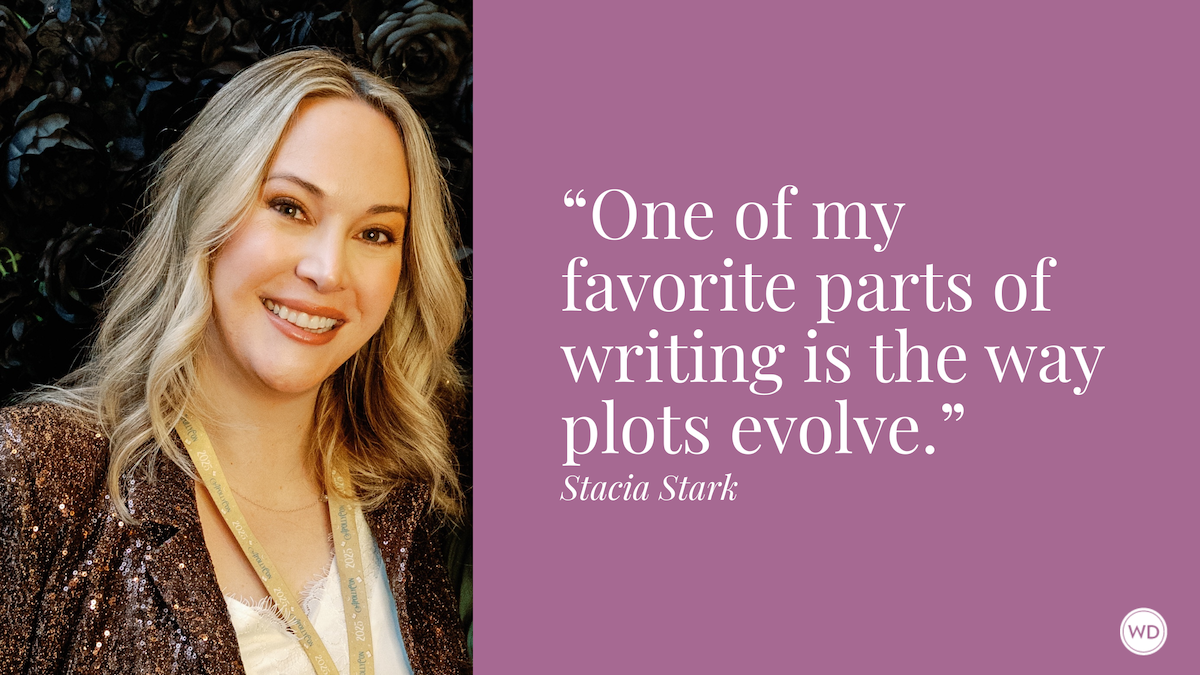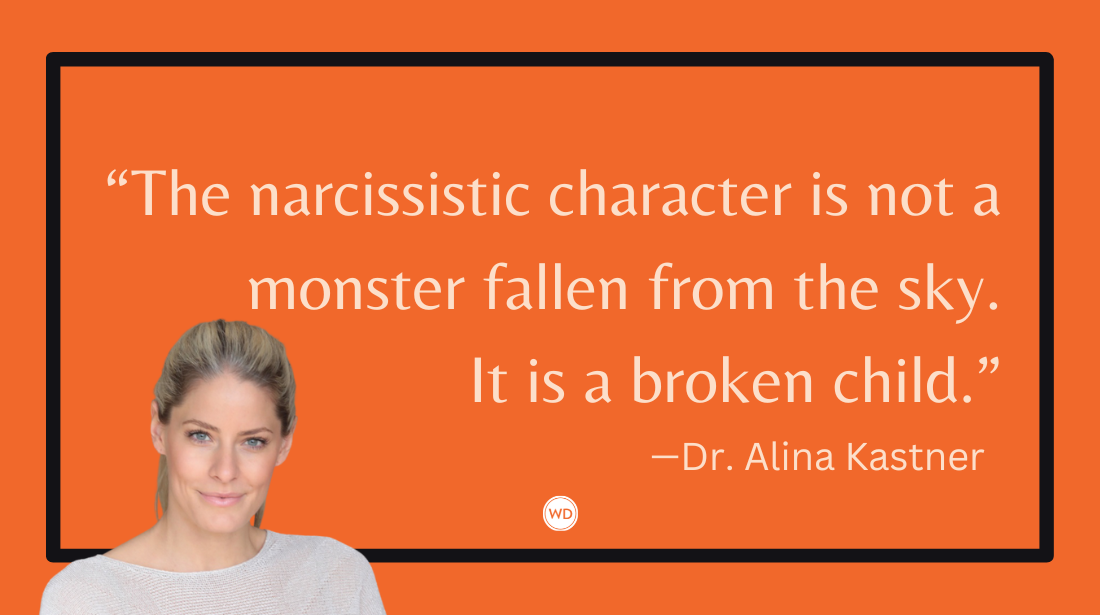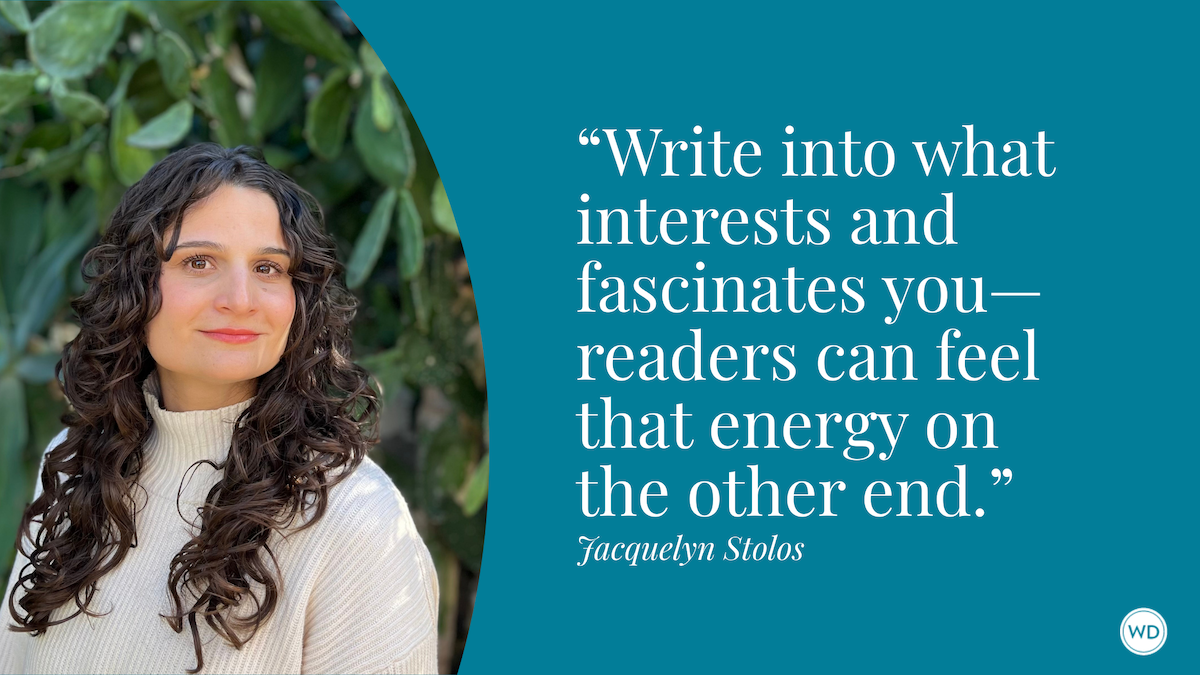Polishing Your Prose: Tips for Self-Editing
Help your freelance writing land better with editors and increase your chances of getting published with these 11 proven tips for self-editing.
Help your freelance writing land better with editors and increase your chances of getting published with these 11 proven tips for self-editing.
So you wrote your article or essay and feel ready to click send. Not so fast. Once you have written a piece, it’s important to edit yourself and revise. As an editor, writing coach, and adjunct writing professor at New York University, I teach my students these tips on how to get their work ready to send out the door.
1.Have you eliminated throat clearing so you have a strong intro? A powerful opening brings your reader right into the action through dialogue, surprising statements, or questions posed to the reader. If any words don’t move the story forward, scrap them.
For example, one student wrote in a fiction piece, “I woke up, had coffee and then looked out the window. It was a beautiful day, the sun was shining, the air was fresh. All was right with the world.
“My dad opened the door to my room. ‘Susan, help me move this dead body.’”
I told her that the first paragraph is throat clearing and can be eliminated. The second paragraph “My dad opened the door…” is where the story really begins.
2. Did you get rid of passive sentences? Go through your writing and find instances where something happens to the subject (passive) and change them to the subject making something happen (active). For example, “This class was taught by me,” could be changed to the active, “I taught this class.” “The cupcakes were eaten by the girls,” should become “The girls ate the cupcakes.”
3. Did you drop the adverbs? Try to eliminate most adverbs (-ly words, e.g., totally, really, extremely, happily, easily). They weaken your sentences. Other adverbs that can be scrapped represent time or frequency (now, then, late, early, often). Remember: Strong nouns and verbs add up to a powerful essay or article.
For example, in each of these sentences you don’t need the adverbs:
We recently got a new puppy.
This is what I need to do now.
4. Where can you put transition sentences to move the piece forward? Each line of your essay or article should flow into the next, without making the reader feel like you are switching from one idea to another too abruptly. I tell my students that the best transitional sentences keep readers glued to the page by either evoking their curiosity or by hinting that something important is about to come, such as:
“I was wrong.”
“She clearly didn’t have all the
information.”
“I didn’t see it coming.”
5. Have you replaced ordinary words with more interesting words? We’ve all seen the word amazing a thousand times. The more common the word, the more readers will overlook it—and your writing. Keep a thesaurus handy and switch out pedestrian words (sad, glad, marriage, excited). For example, try exchanging the words elated or delighted for the word happy. In my recent article for The New York Times “What To Do When Your Tween Is Trash-Talking You,” I wanted to find a word to show how my daughter enthusiastically kisses my cheeks, without using that word. So I wrote, “This is the same kid who often asks me for snuggle time and kisses me on the cheeks like an out-of-control woodpecker while wildly professing how much she loves me.”
6. Are your sentences ending or beginning on the most powerful word or thought? The first and last sentences of a paragraph should be the strongest because they are the sentences readers find most memorable. For example:
Because Emily has bronchitis, she didn’t come to work.
Better: Emily didn’t come to work because she has bronchitis.
The cat pounced on the mouse and killed it.
Better: Pouncing on the mouse, the cat killed it.
7. Did you get rid of filler words? Search for the words there, here, and it followed by a verb like is, are, was, and were. Those weaken your writing by diluting it and taking focus away from the object and often make your sentences longer.
“There are many people who write,” should be “Many people write.”
“It was a great party,” should be “The party was great.”
8. Do you have strong verbs? I refer this as “verbing your work.” The idea is to keep a focus on the action. For example, instead of writing “She is blogging,” write “She blogs.”
Likewise, “She was passionate” is better than “She had a lot of passion.” Or, write, “Heroin causes overdoses” rather than “Heroin is the cause of overdoses.”
9. Did you use specific details?When you provide specific detail in your writing, there is less room for confusion. Instead of writing, “I loved that thing you did,” write, “I loved the way you sang ‘Landslide’ to me on our first date.” Instead of writing, “He sped toward me in his car,” write, “He sped toward me in his vintage Mustang with yellow fenders.”
10. Did you end with a gift to the reader?I tell my students that the reader should get a universal takeaway message at the end of their essay. This means that some transformation, learning, understanding, or call to action has taken place. You can also circle back to something you said at the beginning or offer a new thought or perspective. As I wrote in “The Doula Who Saved My Life” in The Washington Post, “My doula came back for a final visit after I went home from the hospital. She brought gifts: a rattle, poems about motherhood, and a plastic container full of home-cooked quinoa. Though the leftovers lasted for days, the lessons I learned from her about self-care have lasted well beyond our contract. Would I hire her again? In a baby’s heartbeat.”
11. Have you read your piece out loud? Words are like music. Read your piece out loud or tape it and listen back. Ask yourself if each sentence moves the piece forward. Are you hearing clunky turns of phrase, misused words, clichés, convoluted sentence structures, or places where you don’t sound like yourself? If so, fix it.
Remember, be merciless when revising your work. Nothing should stay that doesn’t add to the value of your piece before you send it out into the world.
Master form and composition with this Writer's Digest University online workshop.
Estelle Erasmus, author of Writing That Gets Noticed: Find Your Voice, Become a Better Storyteller, Get Published (June 2023), is a professor of writing at New York University, the host of the Freelance Writing Direct podcast, a contributing editor for Writer's Digest, and former “All About the Pitch” columnist. Her articles for the New York Times and Washington Post have gone globally viral. She has appeared on Good Morning America and has had her articles discussed on The View. She has also taught, coached, and mentored many writers who have gone on to be widely published. She received the 2023 NYU School of Professional Studies Teaching Excellence Award, a 2023 Zibby Award for the "Best Book for the Writer," is an American Society of Journalists and Authors award winner, and was a cast member in the inaugural New York City production of the Listen to Your Mother storytelling show. Learn more at www.EstelleSErasmus.com. Also, follow Estelle on Instagram, TikTok, and X, and sign up for her Substack.









